Its been raining “old women” this week
This week: Testing, testing, fire lit, testing; When things don’t go according to plan; Almost hiding in plain sight; I’ve been thinking again; Looking for Aberdeen Angus; Thanksgiving; Looking back;
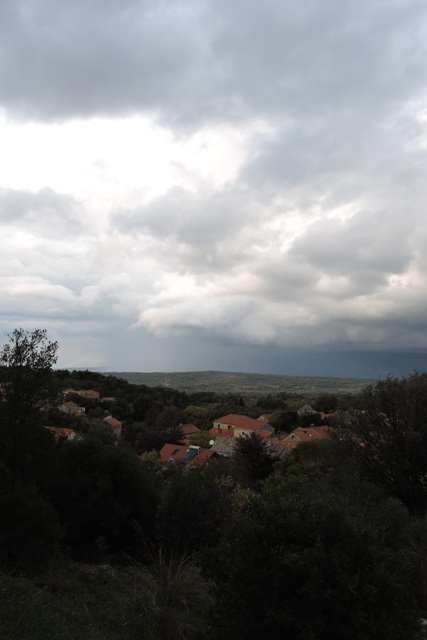
It’s been raining dogs this week. It’s raining still as I write this late on Saturday afternoon as sunset approaches…

There are no wet cats in my house though. They have enough sense to stay cuddled up inside when it is wet outdoors.
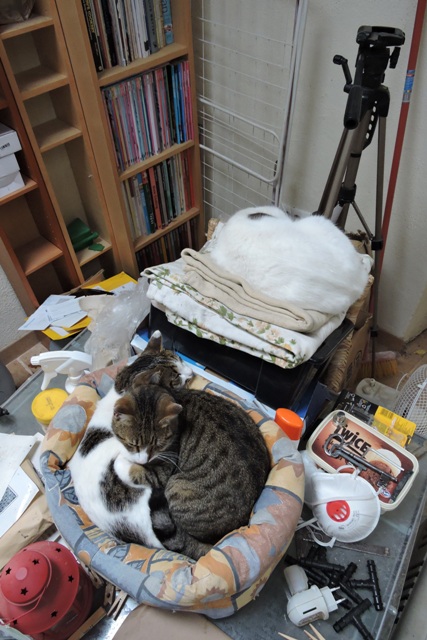
We are now almost on the average for precipitation at this point in the 2021 year, but way up on the average for the Mediterranean winter rainfall season.
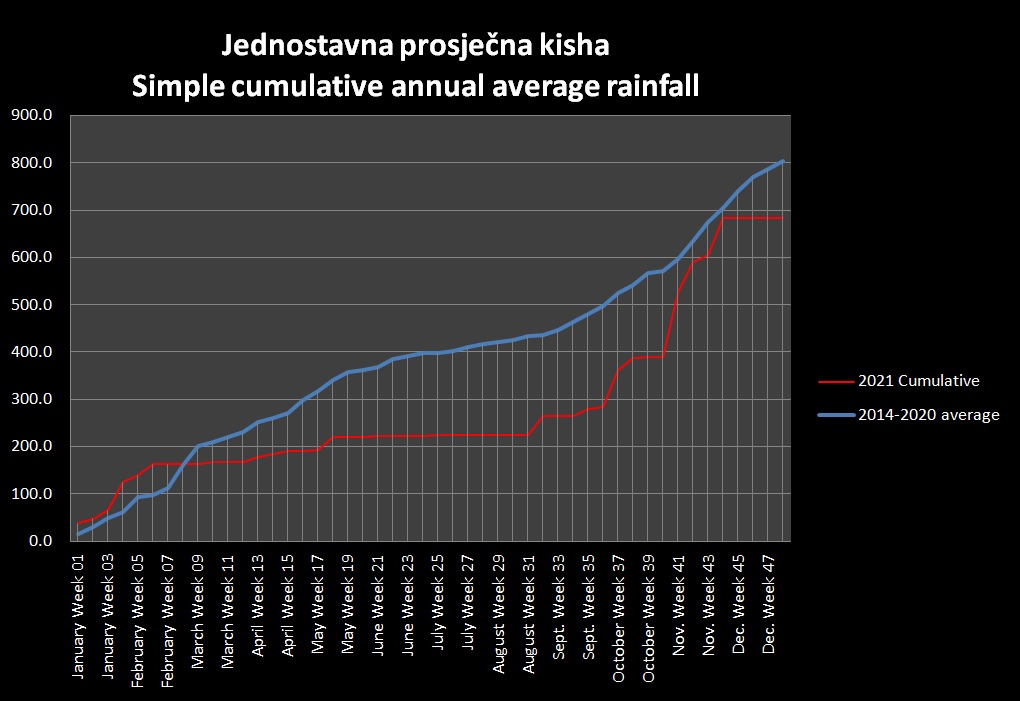
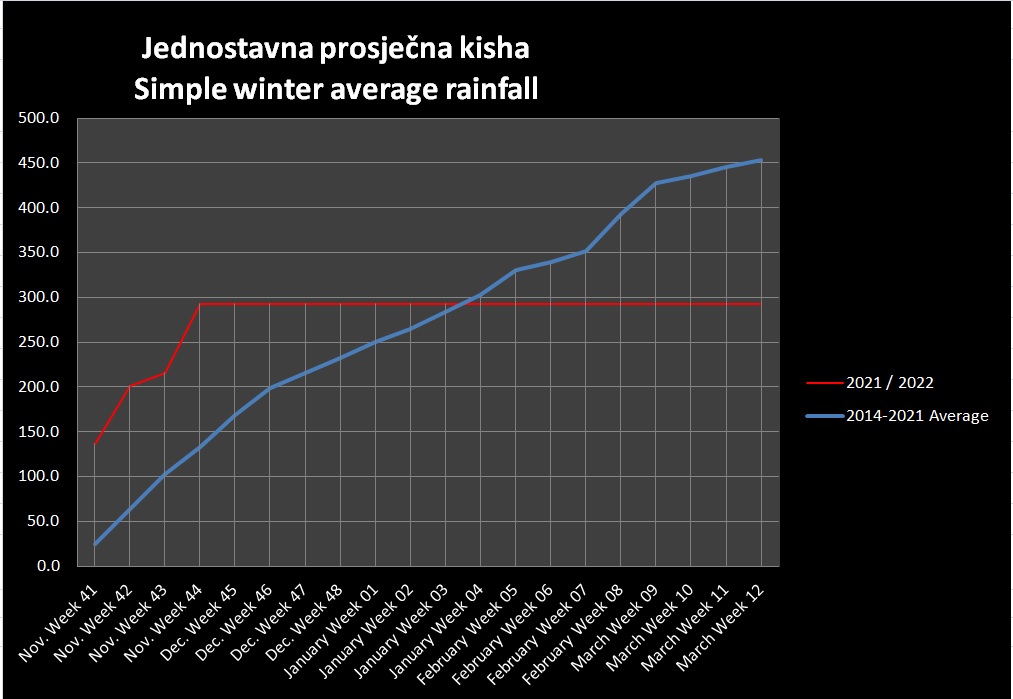
It is all about how to use data to produce graphs and charts. A skilled data analyst can make data illustrate anything you might want it to illustrate… Just ask me how I know!
But back to the old saying of Raining Cats and Dogs.
The now discredited folk reason for the phrase is that in 16th Century Europe, most houses were thatched. Home owners kept cats to keep vermin down and both cats and dogs lived within the thatch. So when it rained heavily they came inside to keep dry.
Etymologists have suggested a variety of mythological and literal explanations for why people say “it’s raining cats and dogs” to describe a heavy downpour. Some of the popular theories include:
➤ Odin, the Norse god of storms, was often pictured with dogs and wolves, which were symbols of wind. Witches, who supposedly rode their brooms during storms, were often pictured with black cats, which became signs of heavy rain for sailors. Therefore, “raining cats and dogs” may refer to a storm with wind (dogs) and heavy rain (cats).
➤ “Cats and dogs” may come from the Greek expression cata doxa, which means “contrary to experience or belief.” If it is raining cats and dogs, it is raining unusually or unbelievably hard.
➤ “Cats and dogs” may be a corruption of the now obsolete word catadupe. In old English, catadupe meant a cataract or waterfall. A version of catadupe existed in many old languages. In Latin, for example, catadupa was borrowed from the classical Greek κατάδουποι, which referred to the cataracts of the Nile River. So, to say it’s raining “cats and dogs” might be to say it’s raining waterfalls.
But in truth, the phrase “it’s raining cats and dogs” is so old that the real origin has been lost in the mists of time. The phrase as we use it today has been around since the start of the 19th Century.
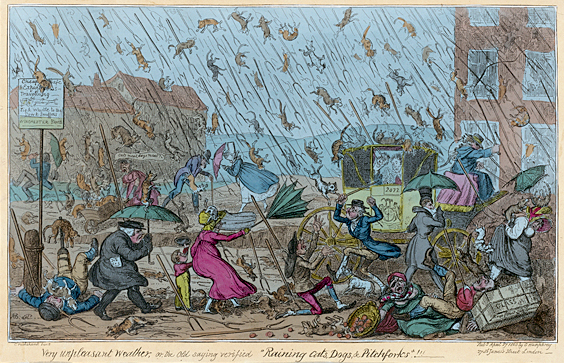
Almost every language has a phrase to describe unusually heavy rain, but the one I like best is Flemish (where my family name originates) “het regent oude wijven” –
‘It’s raining old women’.
Coming next week: The origin of ‘curiosity killed the cat’.
Testing, testing, fire lit, testing
We have had a couple of cool nights with a minimum temperature of 6.7 degrees C. Not especially cold, but cool enough to make me think twice about starting work early outside too early.
I haven’t touched the central heating since February when I last lit the wood stove, so I thought on Sunday that it might be a good idea to light the fire and make sure everything was OK.
The circulation pump is in the small Konoba, directly beneath the dining room where the wood stove sits.
Because of the frequent and unannounced power cuts, I have an uninterruptible power supply (UPS) for the pump. This functions as a “first aid” electrical supply if there is a power cut.
The UPS cuts in and powers the pump so that I have time to damp the stove down and make sure that the boiler doesn’t burst if the pump had gone off.
At the other extreme, above the dining room, on the top of the flu there is an extractor fan.
I installed it three years ago so that I no longer get smoke coming out of the wood stove door when I open it to put more fuel on the fire.
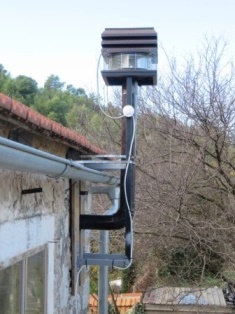
With the UPS connected to the mains and the battery charging, I tested the pump. It was working OK. Similarly when I plugged the extractor fan in and turned it on, it immediately spun up to speed.
I lit the wood stove at 4pm and burnt some paper and cardboard I had been saving, to warm through the flu and remove any condensation. Then I added a couple of logs and very quickly the water leaving the boiler was at 60ºC.
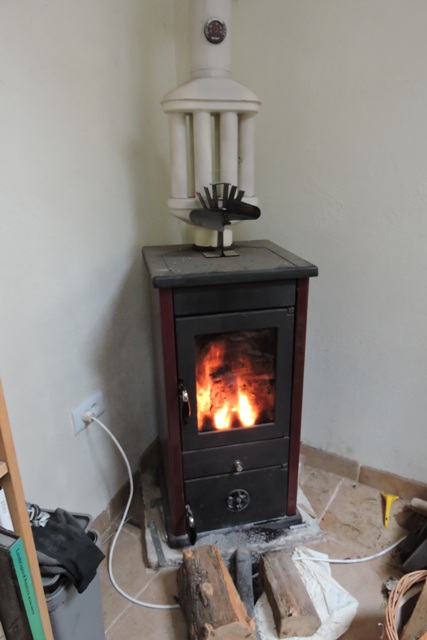
A quick check of the visible joints and there were no leaks and the radiators were starting to warm through.
I’m now ready for when I actually need to light the fire because it has become cold at night.
In 2020 this was not until 17th November. However because this is about temperature and it is “feel” dependant – feel is the combination of temperature and wind chill – 2020 was cold earlier than where we are now in 2021.
It’s important that All the felines are kept warm this winter…
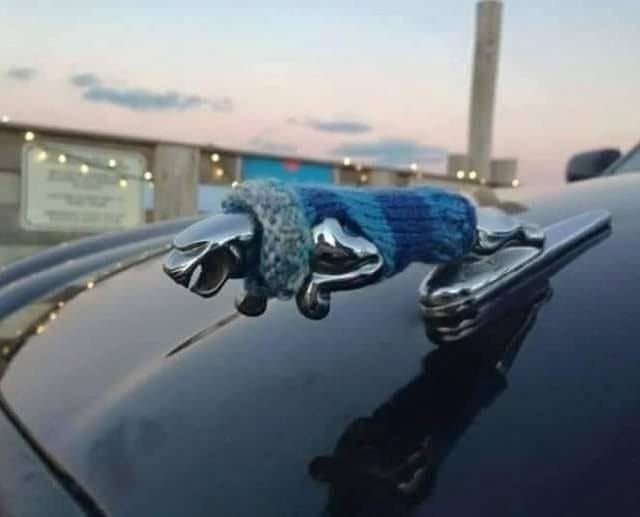
When things don’t go according to plan
Hindsight is the most precise science known to humankind. I can always look back and see that I could have done something better.
Back in 2015 when I had bought my Dol House, I was renovating the dining room and renewing the roof. This was also the time when the solar water tank was installed.
In the kitchen, the cold water supply came by a circuitous route, from the cottage, under the citrus orchard, by way of a garden tap, under the path and into the kitchen through the back wall.

Meanwhile the hot water was direct from the new solar tank above. There was a new direct cold feed up to the solar tank.
Looking back, I don’t know why I didn’t run a new cold feed to the kitchen at the same time. Probably it was because the plumber said there was no need. I now wish that I had done so.
With Cvjetko and his team working on the cottage walls, the old pipe which came from the underground rainwater cisterns, that jutted out of the south wall was in the way.

No problem! With an oscillating cutter I started to cut the old pipe. Only I hadn’t realised the the live cold water feed had been butted tightly up to the old pipe.
It only took the slightest of nicks from the oscillator for me to have a fine water spray from the mains feed.
I was able to quickly shut off the water, which stopped the spray, but then it also cut the cold feed to the kitchen.
While the guys were busy working on the walls and the floor, I sat down to ponder how I could solve this problem. Everything is easier with a coffee in hand.
Firstly I needed to wait until they left, so I could have the place to myself. Then I cut into the old stone wall to expose more of the pipework – sufficient so that I have enough room to make a joint in the pipe.
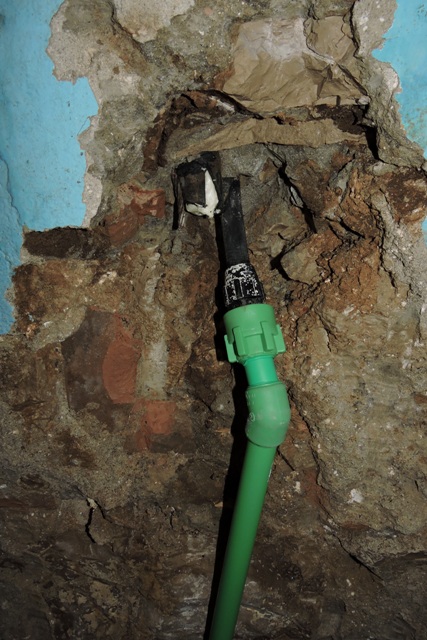
It was not what I had planned, but at least I had all the parts I needed. I also injected expanding foam into the old pipe to seal it.
This wall is also damp, being underground. But I also wondered if some of the damp was caused by capillary action along the pipes?
As the pipes are about a metre under the citrus orchard, and the corner where they come into the cottage is especially damp, I suspected that the two issues were related.
Almost hiding in plain sight
As the rain was pouring from the sky on Friday, I happened to be under the patio roof and saw the rain gushing from two pipes which drain the gutters of both the Cottage and the patio roofs.
The dense leaves on the tree usually hide these pipes from view.
The water was being directed into the roots of a Pomegranate tree, which is immediately adjacent to the cottage wall, just where the large damp patch is.
This is also exactly where the pipes come through the wall from the outside.
I immediately realised why I have a damp patch in this particular corner of the cottage.
The problem has been that the two pipes have been neatly hidden by the large tree and its mass of branches.
When there is normal rainfall, the soil will absorb it. However with the very wet autumn we have had, the patch inside is large and noticable.
I cut all the branches of the tree back, to just leave the twin trunks. Then after a rummage through my supplies box I came up with a couple of 90 º bends and a length of pipe, sufficiently long enough to take the water away from the wall.
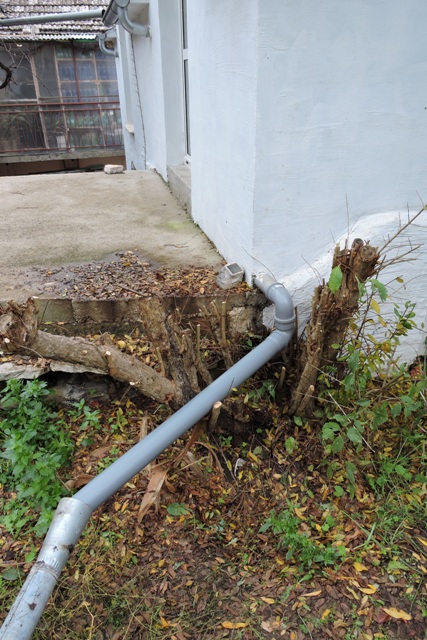
These were quickly attached but they are only a temporary measure.
I need to get the tree out by the roots. It is the wrong sort of tree to have so close to the building. Then when it has been removed, I will properly install a rainwater recovery system to move the water into the middle of the orchard.
This will then benefit the trees and prevent further dampness in the cottage wall.
I’ve been thinking again…
I know, mark the calendar because it doesn’t happen very often 😉
One adage I have followed throughout my rebuilding and renovation work has been “do it once and do it right”.
That of course means that there has been extra costs, some but not a lot, as I have replaced old with new.
Continuing with the old steel 1″ pipes, I removed the internal pipes without too much difficulty.
I needed to heat the various joints with a blow torch to break the bond between the various parts, then with a Stillson Wrench, I could unscrew them, making the parts easier to remove.
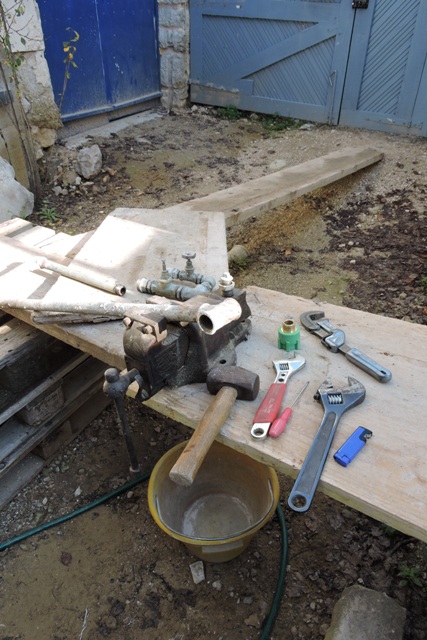
That is for all except one joint. Isn’t that always the way!
No amount of heat combined with WD40 and the Stillson would let me unscrew the pipe. This was perhaps the one joint that I most wanted to removed too, because it is outside in the small courtyard next to the summer kitchen
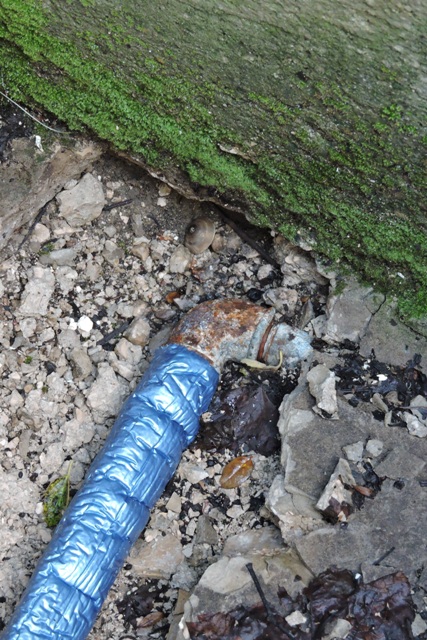
I did have an option nearer to the cottage, but I needed another type of Vargon joint to connect new green pipe to the old one inch steel.
I have decided to put all new plastic pipe inside. Then, if in the future there is a problem in the old pipe it will all be outside and so easier to repair or replace. At least that is the the theory.
While I was down at Volat, I chose the new floor tiles for the room and ordered them, then I bought the Vargon joint fitting I needed.
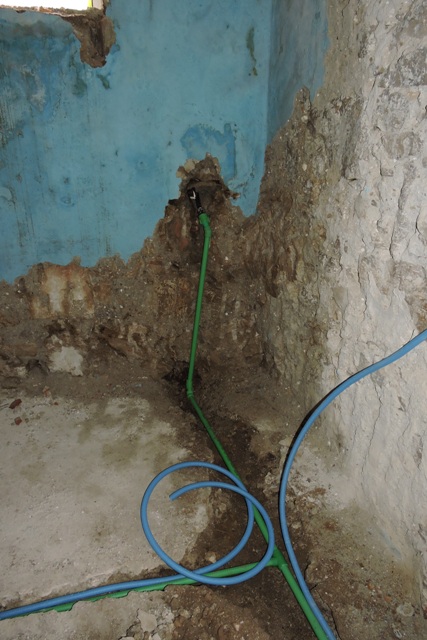
Volat have boxes and boxes of different fittings and I saw that they have the purpose made hot and cold outlet pipe for a sink or basin, however it is relatively expensive.
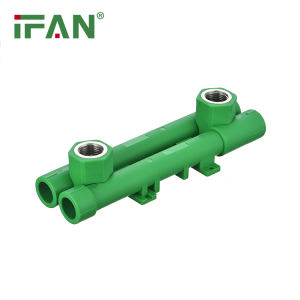
I intend to put a small sink in the Utility room, between the washer and the double fridge, but had thought I would just have cold water. This is because there is no hot water supply into this building.
But having seen the fitting and while the walls are bare and being cut for pipes and electrics, I thought about getting a small “on demand” instant hot water electric heater to provide a hot as well as a cold supply to the sink.
It seems like a good idea, even if I do not buy a heater now. However, while the walls are being cut, It will be a lot simpler to put the pipes in now and blank them off than to have to cut into new plaster later.
So after looking to see what fittings I had in stock, I have decided to install a high level hot and cold supply in readiness for some future anticipated purchase.
Having spent time, effort and money on making the room look really nice, it would be a shame to have to knock holes in the wall because I have forgotten something.
I really must stop all this thinking….
Looking for an Aberdeen Angus
I turned my Internet radio in the kitchen on one lunchtime this week and caught a farming programme, all about how improving impoverished soils can make a difference. Entitled ‘Could I regenerate my farm to save the planet?’ , the title says everything.
Two of my orchards have very poor soil.
Fully ⅓ of the soil volume is made up of small stones and the soils are a heavy clay loam. This type of soil will grow trees and weeds, but little in between.
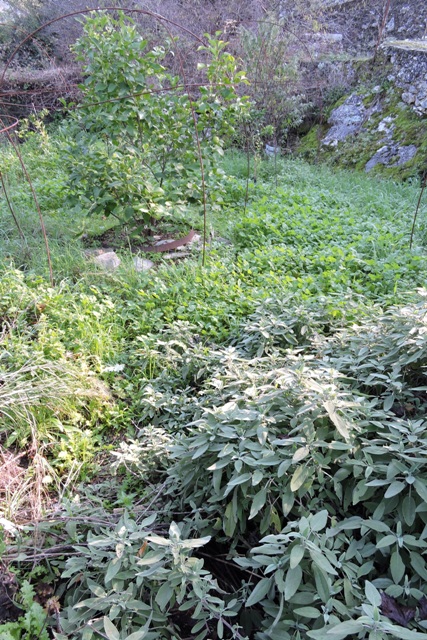
The discussion was about improving the soil microbiome and soil health through Regenerative Farming.
The Lake District shepherd James Rebanks, author of ‘English Pastoral’, was reporting on his quest to find out if it is possible to adopt regenerative methods on his farm.
For the programme he interviewed leading proponents of regenerative practices in the UK, US and Europe. He discovered how mimicking natural herd movements, stopping ploughing and not adding costly chemicals could make his farm economically sustainable.
This approach can be scaled down and actually my “no dig” approach to the orchard soils that I adopted two years ago is complimentary.
Last week I mentioned that as soon as my orchards had dried a little I would run the Flymo over them to remove the weeds. They are still wet. But after having listened to this programme, I am trying something different.
I still worry about run-off if/when we have a high volume rainfall event, like the one experienced in Malta on Thursday this week. Anchoring soil was another area covered in the programme.
So rather than cut everything off at soil level, I used a pair of shears to cut the top off all the weeds and grass so the greenery falls and will rot down. This leaves around 8 cm of stalks and leaves still standing.
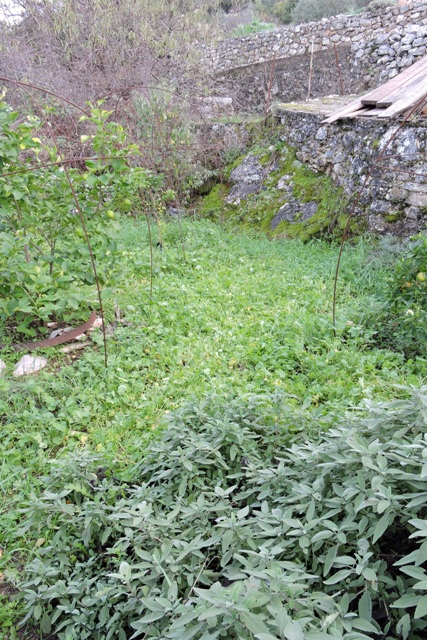
I also spread the wood ash from the stove over the cuttings.
The only thing I am missing, according to the radio programme, are some Aberdeen Angus cattle to crop the weeds automatically and add fertiliser!
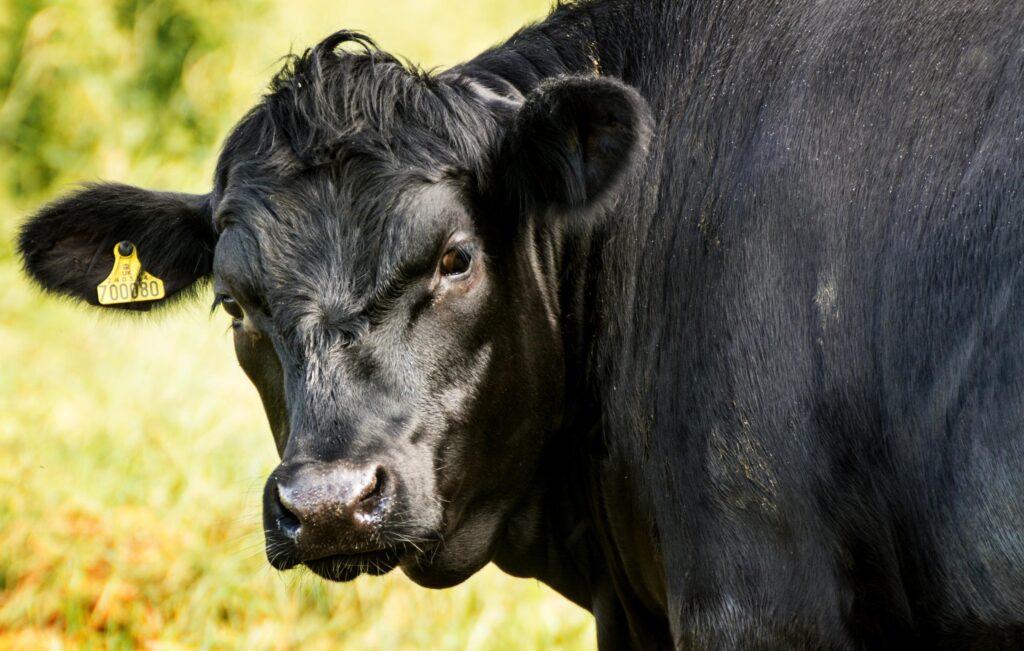
Thanksgiving
The United States holiday of Thanksgiving always falls on the fourth Thursday of November and represents a feast first held in 1621, four hundred years ago this week, when English Pilgrim colonists sat down with members of the Wampanoags tribe to share a meal and give thanks.
This was the event that is credited as the first American day of Thanksgiving.
However many North American Indigenous peoples had long had rituals that included giving thanks, and other European settlers had previously declared similar days of thanks – including one in Florida in 1565 and another along the Maine coast in 1607.
In 1777, in the midst of the Revolutionary War, the members of the Continental Congress declared a day of Thanksgiving for Dec. 18. The Pilgrims didn’t even get a mention.
In the 19th century, however, annual Thanksgiving holidays became linked to New England, largely as a result of campaigns to make the Plymouth experience one of the nation’s origin stories.
Promoters of this narrative identified the Mayflower Compact as the starting point for representative government and praised the religious freedom they saw in New England – at least for Americans of European ancestry.
For most of the last century, U.S. Presidents have mentioned the Pilgrims in their annual proclamation, helping to solidify the link between the holiday and those immigrants.
But the events in Plymouth in 1621 that came to be enshrined in the national narrative were not typical writes Professor Peter C. Mancall.
Almost certainly it did not include roast turkey and pecan or pumpkin pie for dessert.
I was invited to a “Thanksgiving lunch” on Thursday at Nook in Stari Grad. And a very nice lunch it was too.

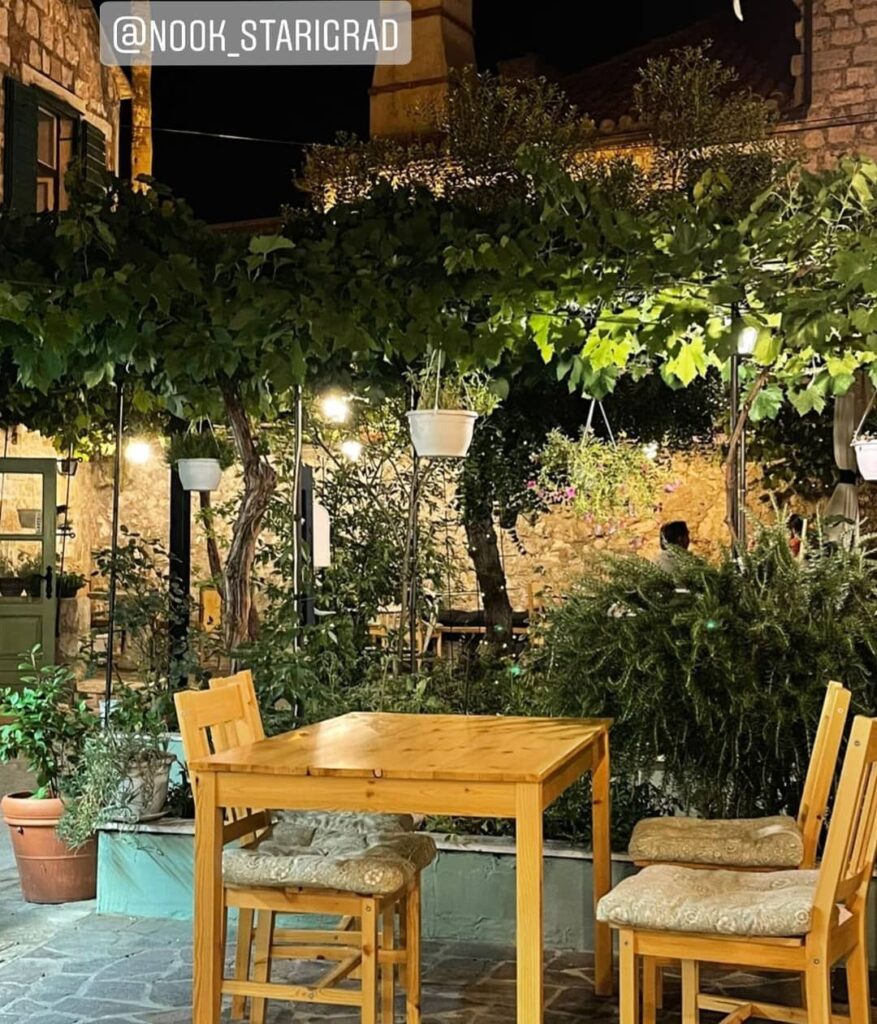
The last time I had a Thanksgiving meal was in 2000 when I was in Arizona doing the acceptance of a new helicopter from the MD company.

So twenty one years later it seemed like a good idea to enjoy another one.
I wasn’t disappointed. There was all the traditional American fare but with a small group of many nationalities to enjoy it.
Hopefully it will not be another twenty years before my next Thanksgiving invitation. NCG
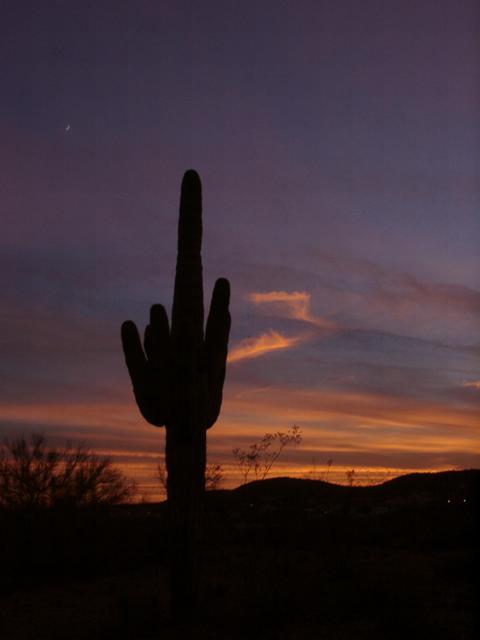
Looking back – Week 47
This is the start of the weekly section, with links to past issues of the blog.
2014/47 The weather today is………
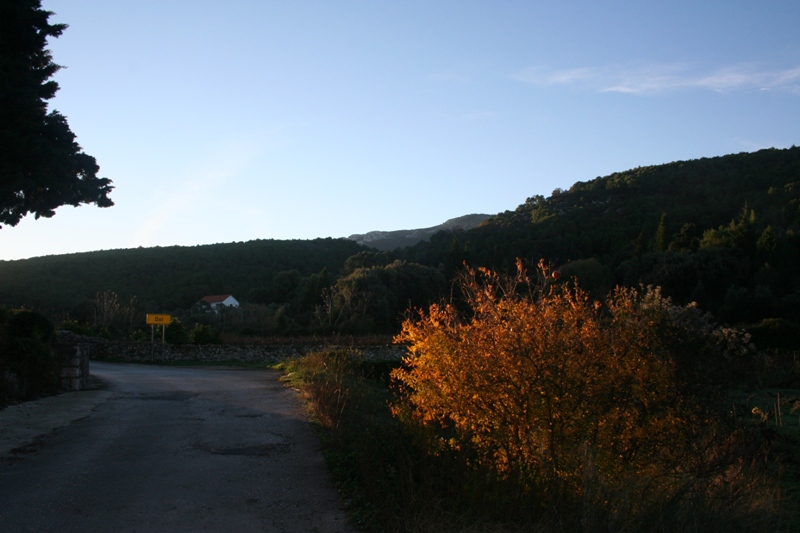
2015/47 Bathroom spies
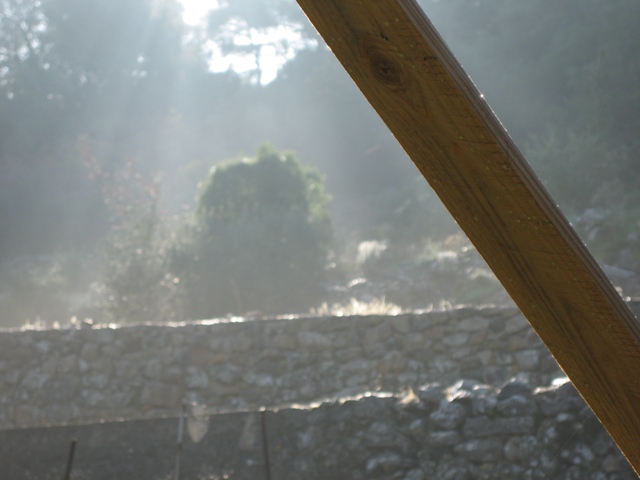
2016/47 See, we have rain here too…
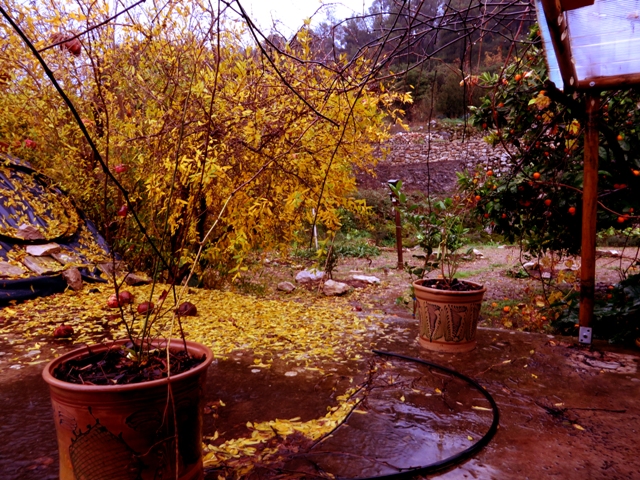
2017/47 A haircut in Siberia, with Rakija
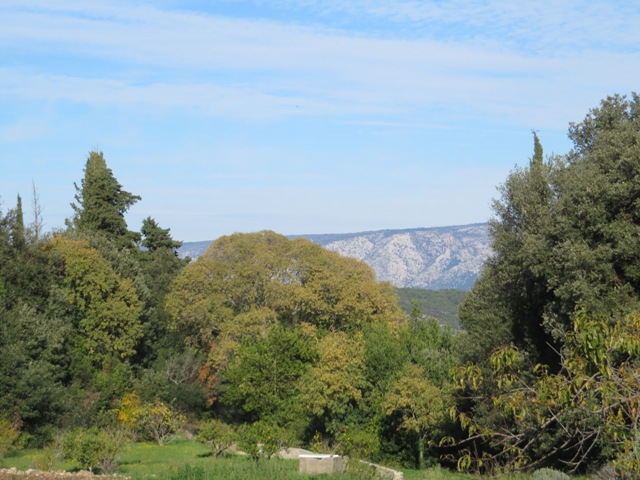
2018/47 Leaden skies

2019/47 Just a little bit deeper
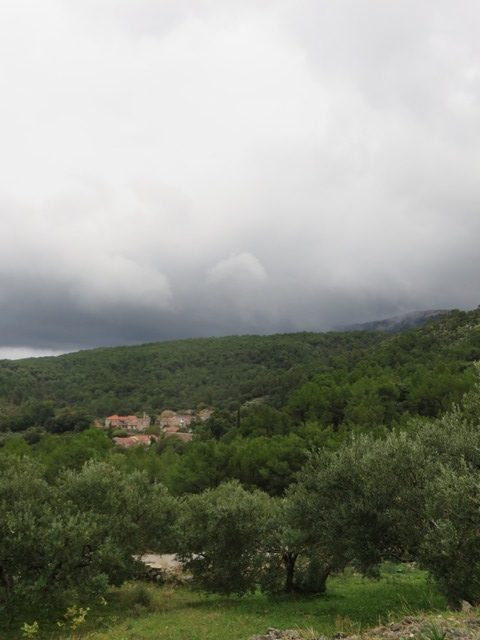
2020/47 The first signs of Spring
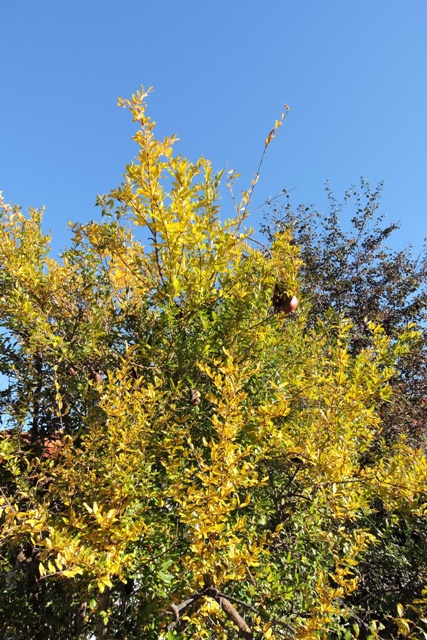
3 Responses
marcy
Such a lovely post. I enjoyed the water repair lesson, and pics of the kitties. Our days here are in the 50-65F, nights 17-35F, but no rain or snow. As you’ve said many times, we are in climate breakdown.
I’m glad you had friends to celebrate Thanksgiving with. Many here, including myself, ate alone as the pandemic in Colorado is still raging, and so many refuse to wear masks. But I had my own fare, and enjoyed a few streaming movies.
I am grateful to have you as a friend and former colleague. I totally enjoy your blog, the cats, and all you show us. Have a blessed week, and thank you for sharing your life. Marcy
Rick Ellis
Mate,
You have an open invitation to spend Thanksgiving or Christmas with me if you ever get back to Arizona.
John Robert Bailey
Very interesting read this week. Looks like a new variant of Covid has arrived in the UK. Omicron is apparently the worst variant to rear its head. We can only hope that the vaccinations we have had will do the trick. Keep up the good work and keep safe Norman.